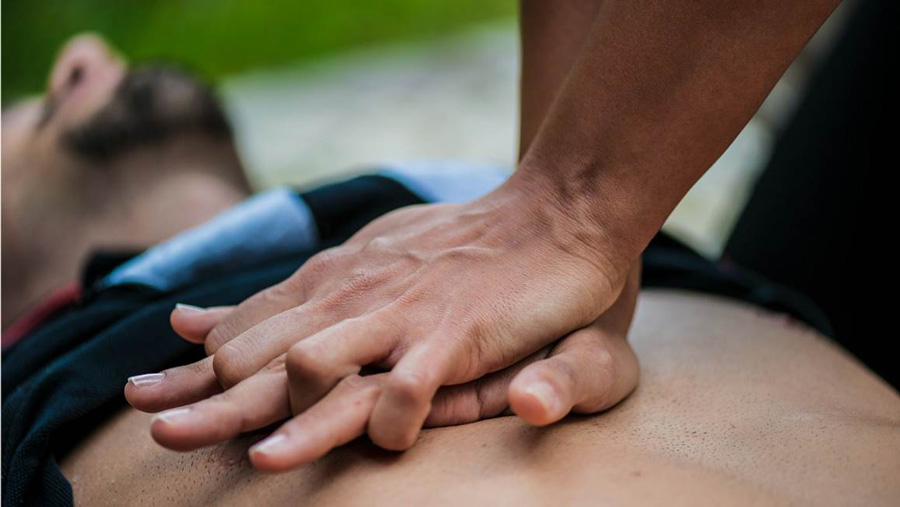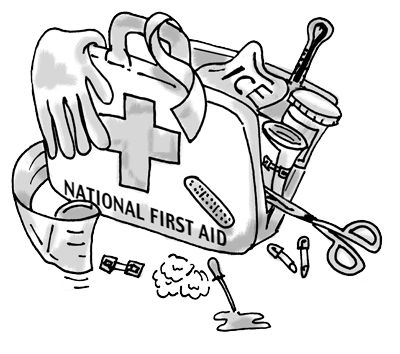Why you should learn CPR
Up to thirty thousand Australians have a cardiac arrest each year, and about 90% of them die. Currently less than half of people who suffer a cardiac arrest in the community have someone step in to do CPR or use an AED before an ambulance arrives.
For every minute that passes without CPR and AED the chance of survival drops by 10%. Without quick intervention, someone who suffers a cardiac arrest almost always dies.
If CPR is commenced in the first few minutes after someone collapses the chance of survival dramatically increases.
Recognising that someone is in cardiac arrest and calling 000 is the first step. Anyone can initiate resuscitation by performing CPR and if available using an AED to shock the heart to a normal rhythm.
If someone is not responding, not moving or isn’t breathing normally, they need URGENT help.
What to do
- Call 000 immediately and ask for an ambulance.
- Don’t hang up. The call taker will stay on the phone until an ambulance arrives and talk you through what to do.
- Place heel of one hand on the lower half of the sternum in the centre of the chest.
- Place your other hand on top of the first and interlock the fingers of both hands or grasp the wrist of your first hand.
- Position yourself vertically above the patient’s chest.
- With your arms straight, compress the chest approximately one third of the depth of the chest. This is more than 5cm in adults.
- Release pressure without moving hands and repeat compressions at a rate of 100 – 120 per minute (almost 2 compressions per second).
- Depress the sternum rhythmically. Compressions and release should take equal amounts of time.
- If you have learned how to do rescue breaths, give 2 rescue breaths between every 30 compressions, otherwise continue with compressions only.




